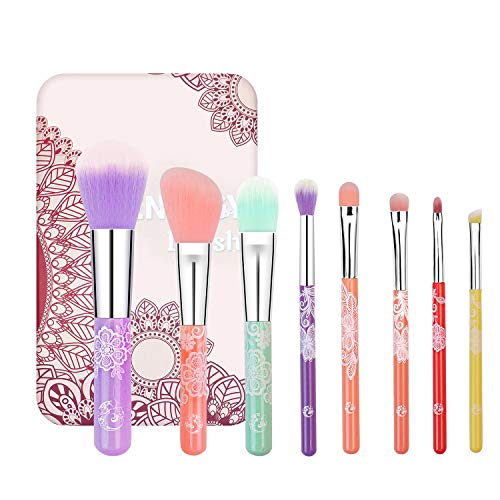- Joined
- Feb 16, 2008
- Messages
- 2,713
- Reaction score
- 0
You might have heard this before but I feel this message begs repeating:
From the Skin Cancer Foundation -
Many teens and twenty-somethings want that bronzed glow all year 'round, and when they can't tan outdoors, millions use sunbeds to get it. Every year, nearly 2.3 million American teenagers visit tanning salons.
The dangerous consequence is a significantly increased risk of melanoma, the deadliest form of skin cancer, according to an international study (IRAC, "The Association of Use of Sunbeds with Cutaneous Malignant Melanoma and Other Skin Cancers: A Systematic Review," International Journal of Cancer 120, no. 5 (2006): 1116 - 1122). Reviewing all available worldwide data - 19 international studies - a Working Group of the International Agency for Research on Cancer (IARC, a branch of the World Health Organization) found a strong association between tanning bed use and melanoma risk. Across all age groups, males and females who have ever used tanning beds have a 15 percent higher risk of developing melanoma.
More alarming still, based on 7 worldwide studies, people who first use a tanning bed before age 35 increase their risk for melanoma by 75 percent.
The IARC's findings also reinforce previous research showing that tanning bed use increases the risk for squamous cell carcinoma, the second most common skin cancer.
False Claims by Tanning Proprietors
Finally, the study disputes tanning salon owners' and operators' frequent claims that sunbeds offer health benefits because they provide a "base tan" that helps avoid sunburn. "The evidence does not support a protective effect of the use of sunbeds against damage to the skin from subsequent sun exposure. There is no such thing as a safe tan," declares Dr. Béatrice Secretan, coordinator of the IARC Working Group. "Young adults should be discouraged from using indoor tanning equipment, and restricted access to sunbeds by minors should be strongly considered."
The Skin Cancer Foundation will be officially launching their "Go with Your Own Glow" campaign in May, and you can see the short film about the campaign below:
From the Skin Cancer Foundation -
Many teens and twenty-somethings want that bronzed glow all year 'round, and when they can't tan outdoors, millions use sunbeds to get it. Every year, nearly 2.3 million American teenagers visit tanning salons.
The dangerous consequence is a significantly increased risk of melanoma, the deadliest form of skin cancer, according to an international study (IRAC, "The Association of Use of Sunbeds with Cutaneous Malignant Melanoma and Other Skin Cancers: A Systematic Review," International Journal of Cancer 120, no. 5 (2006): 1116 - 1122). Reviewing all available worldwide data - 19 international studies - a Working Group of the International Agency for Research on Cancer (IARC, a branch of the World Health Organization) found a strong association between tanning bed use and melanoma risk. Across all age groups, males and females who have ever used tanning beds have a 15 percent higher risk of developing melanoma.
More alarming still, based on 7 worldwide studies, people who first use a tanning bed before age 35 increase their risk for melanoma by 75 percent.
The IARC's findings also reinforce previous research showing that tanning bed use increases the risk for squamous cell carcinoma, the second most common skin cancer.
False Claims by Tanning Proprietors
Finally, the study disputes tanning salon owners' and operators' frequent claims that sunbeds offer health benefits because they provide a "base tan" that helps avoid sunburn. "The evidence does not support a protective effect of the use of sunbeds against damage to the skin from subsequent sun exposure. There is no such thing as a safe tan," declares Dr. Béatrice Secretan, coordinator of the IARC Working Group. "Young adults should be discouraged from using indoor tanning equipment, and restricted access to sunbeds by minors should be strongly considered."
The Skin Cancer Foundation will be officially launching their "Go with Your Own Glow" campaign in May, and you can see the short film about the campaign below:



































